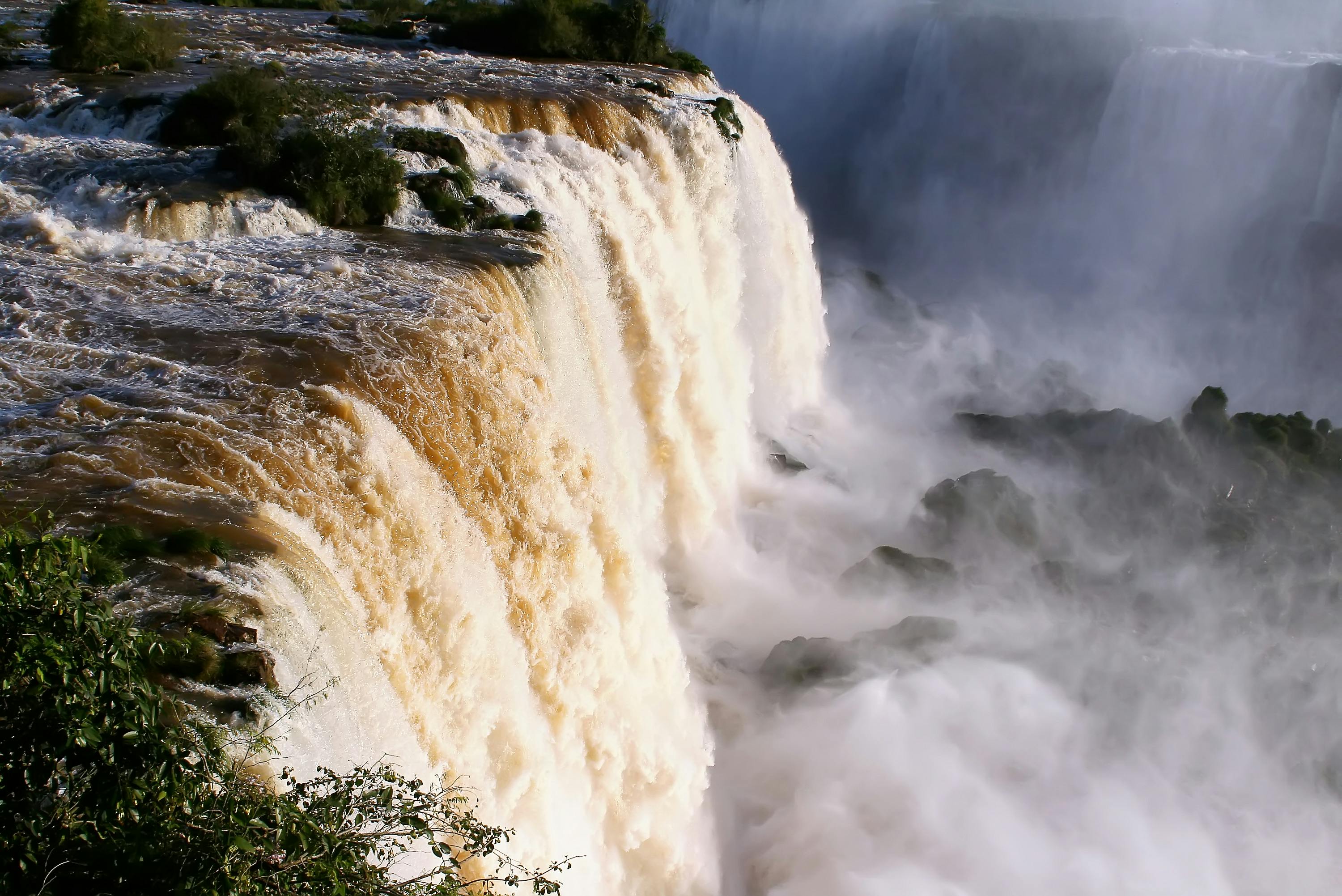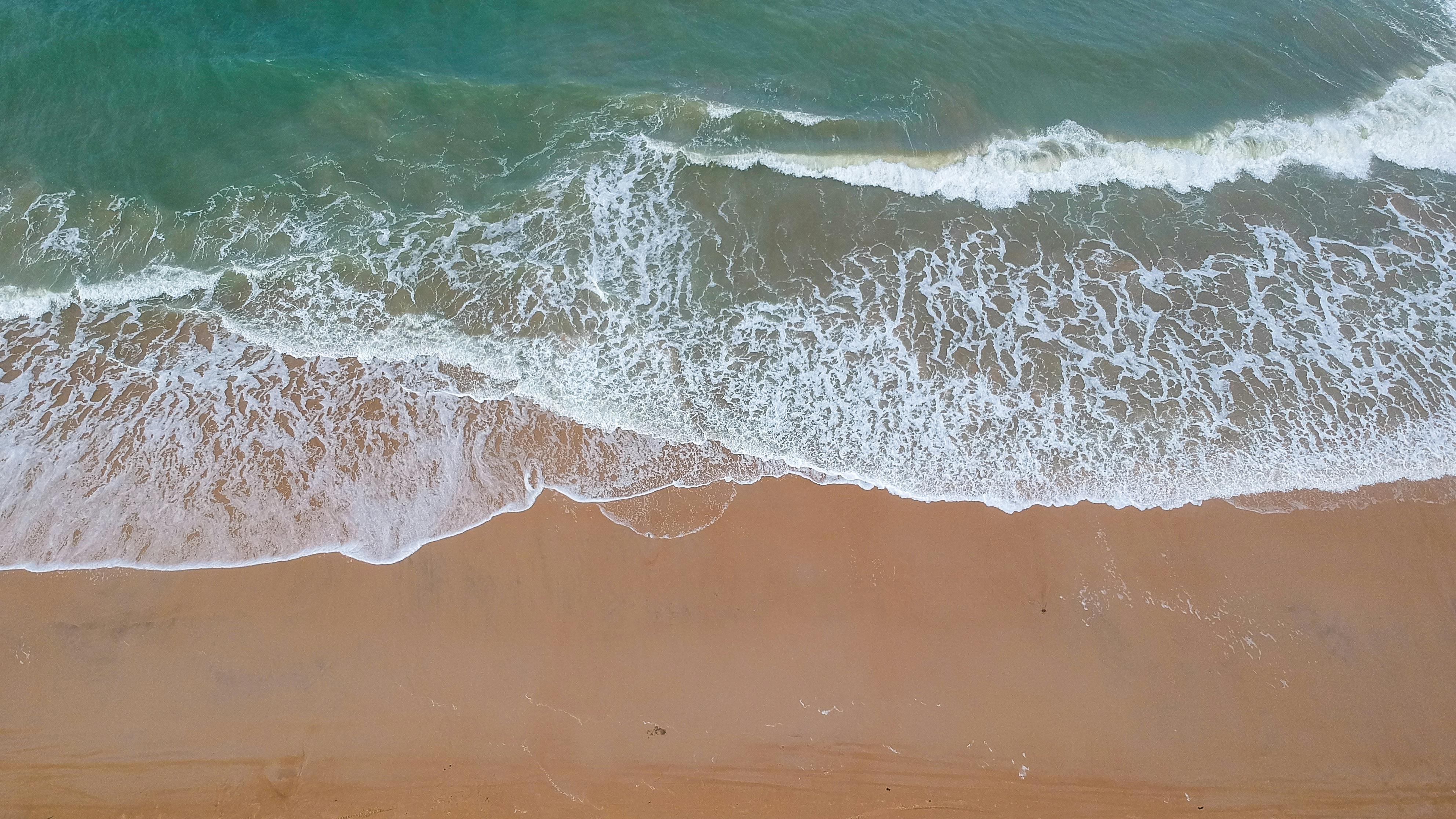Distilling water is a process used to purify water by removing impurities and contaminants. It involves boiling the water until it turns into steam and then collecting the steam in a separate container. The steam is then cooled and condensed back into liquid form, resulting in pure, distilled water. Making your own distilled water at home is a relatively simple process that requires few materials.Distilled water is water that has been boiled into vapor and then condensed back into liquid form. It is free of minerals and other impurities, making it suitable for certain medical and scientific applications.
Benefits of Distilled Water
Distilled water is a type of purified water that has been processed through a distillation process. This method of purification removes impurities, minerals, and other contaminants from the water. The benefits of distilled water are numerous and include being safe to drink, free from harmful chemicals, and more pure than other types of water. It also has many practical applications in industry and for home use.
One of the most significant benefits of distilled water is that it is free from dangerous contaminants and chemicals that can be found in other types of drinking water. By removing these substances from the water, distilled water is safer to consume than tap or well water. Additionally, the distillation process removes all minerals from the water which can be beneficial for those with sensitive digestive systems.
The purity of distilled water makes it an ideal choice for use in appliances that require clean and pure H20 such as steam irons, humidifiers, car batteries, and aquariums. Distilled water also works well when used in cosmetics or as a solvent for cleaning items such as jewelry or glassware.
Distilled water
Introduction
Distilling water at home is an easy process that anyone can do, and it has the added benefit of producing clean, pure water. Distilled water is free of sediments and minerals, which makes it perfect for drinking and cooking. It also has a much longer shelf life than tap water. In this guide, we’ll show you how to distill water at home using just a few simple materials.
What You’ll Need
To distill water at home, you’ll need a few basic supplies. These include: a large pot or stockpot, a smaller pot or bowl that can fit inside the larger one, an ice pack or two, and some cheesecloth or another type of fine mesh filter material. You may also want to have on hand a thermometer to monitor the temperature of the water as it’s being distilled.
Step 1: Fill the Pot with Water
Fill your large pot with tap water and place it on your stovetop over high heat. Once the water begins to boil, reduce the heat to medium-low so
Gather Supplies
When it comes to gathering supplies for your project, it is important to make sure you have the right tools. First, decide what type of project you are doing and what materials you need for it. Then, research where you can find those items and how much they will cost. Once you have gathered the necessary supplies, organize them in a way that makes them easy to access and use.
It is also important to have any safety items on hand before beginning your project. This may include protective glasses, gloves, or masks to help ensure your safety while working on your project. Make sure that you also have any necessary tools such as a saw, drill, or hammer available so that you are prepared when starting your project.
Finally, make sure that you have the right amount of supplies needed for the project so that you don’t run out halfway through. Don’t forget to double-check that all the materials are in good condition before starting your work. With these tips in mind, gathering supplies for your next project should be a breeze!
Gather the Necessary Ingredients
Before beginning to boil the water, it is important to gather all of the necessary ingredients. Depending on what you are using the boiling water for, this may include things such as sugar, salt, spices, or tea leaves. Once all of these items have been gathered, you are ready to start boiling.
Fill a Pot with Water
To begin boiling the water, fill a pot with an appropriate amount of water depending on what you are using it for. Make sure that the pot is large enough to hold all of the ingredients and enough boiling water. The pot should be placed over high heat and brought to a boil.
Add Additional Ingredients
Once the water has come to a boil, additional ingredients can be added if desired. This could include things such as salt, sugar, spices or tea leaves. Stirring these ingredients into the boiling water will help them dissolve and mix evenly throughout the liquid.
Reduce Heat and

Collect Condensation
Water vapour can build up in your home and lead to condensation. This condensation can damage walls and furnishings, as well as provide an environment for mould and mildew to grow. Fortunately, there are ways to prevent this from happening. One of the most effective methods is to collect the condensation before it has a chance to settle on walls or furniture. This can be done by opening windows or using dehumidifiers, which will draw out the moisture in the air, preventing it from settling on surfaces. Additionally, you can add insulation to your walls and ceilings, which will help reduce the amount of heat escaping from your home and prevent moisture from forming on surfaces. By taking these steps, you can significantly reduce the amount of condensation in your home and protect your walls and furniture from damage.
Cool the Water
Cooling water is essential for a variety of purposes, such as drinking water, industrial processes, and for cooling engines. There are several methods of cooling water, including evaporative cooling, air-cooling, and mechanical cooling. Evaporative cooling is the process of taking advantage of the natural process of evaporation to lower the temperature of water. This can be done by spraying the water or by introducing it into a closed area that has a lower temperature than the surrounding environment. Air-cooling is a process in which air is passed over heated water to decrease its temperature. Mechanical coolers use fans and other devices to bring colder air into contact with hot water in order to reduce its temperature.
Collect the Water
Collecting water is an important part of any conservation plan. There are multiple methods used for collecting rainwater and other sources of runoff which can be used for irrigation or other uses. Rain barrels are a common method for collecting rainwater which collects runoff from rooftops or other areas and stores it in containers for future use. Another method is through underground tanks which collect runoff from paved
Reverse Osmosis Purified Water
Reverse osmosis is a process used to purify water. It uses a semi-permeable membrane to remove impurities from the water, allowing only clean, pure water molecules to pass through. Reverse osmosis is often used in homes and businesses to provide clean drinking water. In commercial applications, reverse osmosis can be used for desalination of sea water and other forms of water purification.
The reverse osmosis process works by forcing contaminated water through a semi-permeable membrane at high pressure. The pores in the membrane are small enough to trap contaminants like bacteria, heavy metals, and chemicals while allowing pure water molecules to pass through. The purified water is then collected on the other side of the membrane while the contaminants are flushed away.
Reverse osmosis can remove up to 99% of dissolved solids from the contaminated water, resulting in very pure, safe drinking water. It can also reduce levels of hazardous heavy metals like lead and arsenic as well as chemicals like chlorine and fluoride that may be present in tap

Conclusion
Distilled water is an important part of everyday life, from drinking to cleaning and cooking. It is created by boiling the water and collecting the clean steam that condenses and turns back into liquid. This process removes pollutants, minerals, and other impurities that can be harmful if consumed. Making your own distilled water at home is easy and cost-effective, as all you need is a pot, a heat source, some ice cubes or cold water, and a bowl or container to collect the pure distilled liquid. Once you make your own distilled water, you can use it to drink or use it in any household projects that require pure water.
Making your own distilled water at home is an economical way to get the cleanest and purest drinking or cooking water without having to purchase bottled distilled water. Now that you know how to make your own distilled water at home, why not give it a try for yourself?

